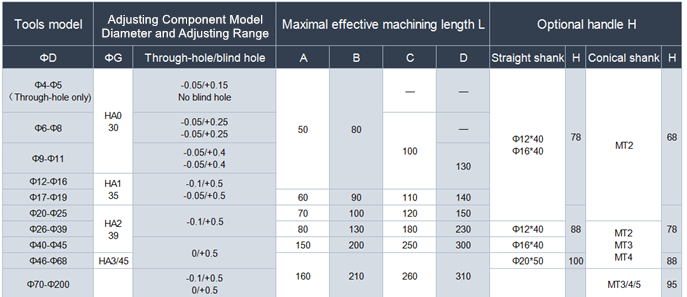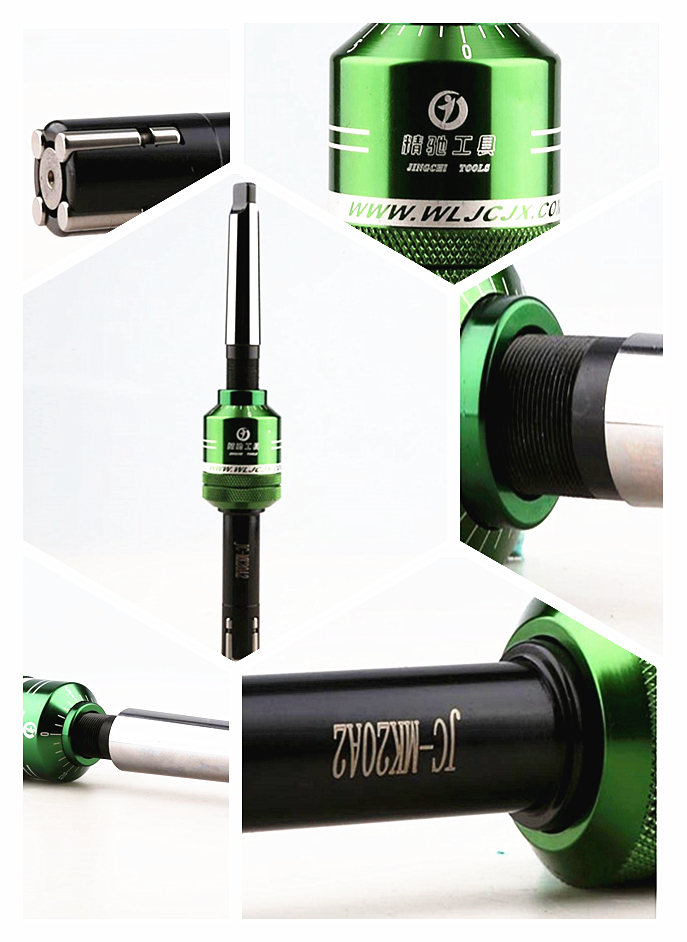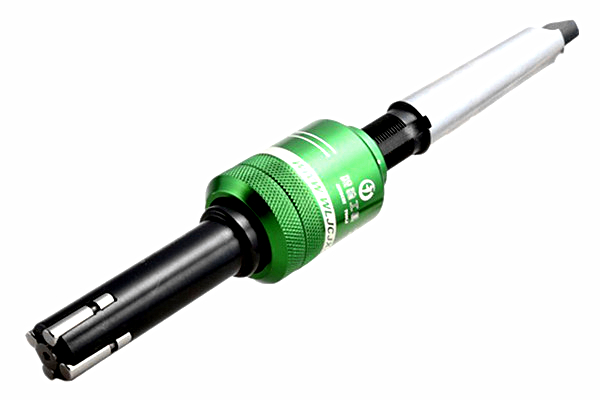Introduction
Blind-hole rolling cutter is able to use plastic deformation of metal to roll out part surface roughness under room temperature in order to change surface structure, mechanical properties, shape and size. No matter what kind of metal processing cutter is used, there are small uneven marks on the part surface to form a peak valley phenomenon. Rolling cutter uses the principle of mechanical extrusion and it is a plastic processing method to achieve a smooth surface like mirror without mechanical cutting.
It is a pressure processing method and uses cold plastic characteristics of metal under room temperature to impose certain pressure on part surface by means of rolling cutter. Part surface metal will have plastic flow to fill in the remaining concave trough, so that part surface roughness will be reduced. As surface metal produces plastic deformation, surface structure will be hardened with fine grain to form dense fiber and residual stress layer, so that hardness and strength can be increased to improve wear resistance, corrosion resistance and matching property of the surface. As rolling is a plastic processing method without cutting, it can achieve smooth processing and strength, which can be done by grinding or turning.
Product drawing

Inner hole is processed by mirror rolling tool for blind hole. Standard specifications of processed hole diameter is Φ6-200mm, but non-standard custom size is also accepted.
Optional parameters

Note: Effective processing length of rolling cutter with hole diameter ofΦ26-68 has standard MT3 handle from
grade B. Customization is accepted if other specifications are required. With respect to rolling cutter with hole
processing diameter overΦ40, as outer diameter of adjusting component is smaller than processed hole diam
-eter, it is possible to increase processing length by increasing the size of handle.
Product display





